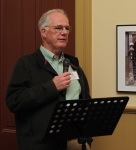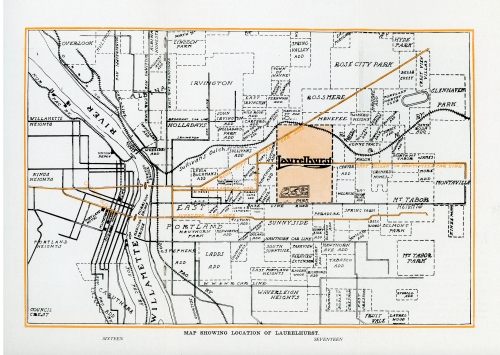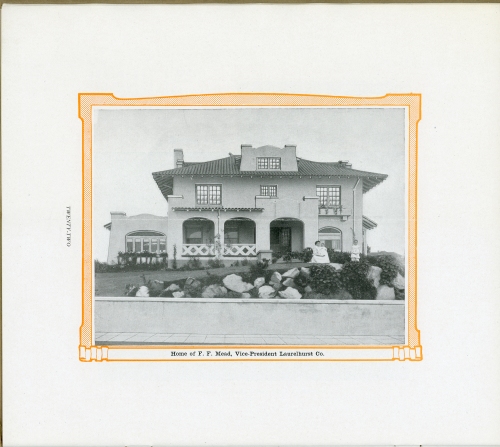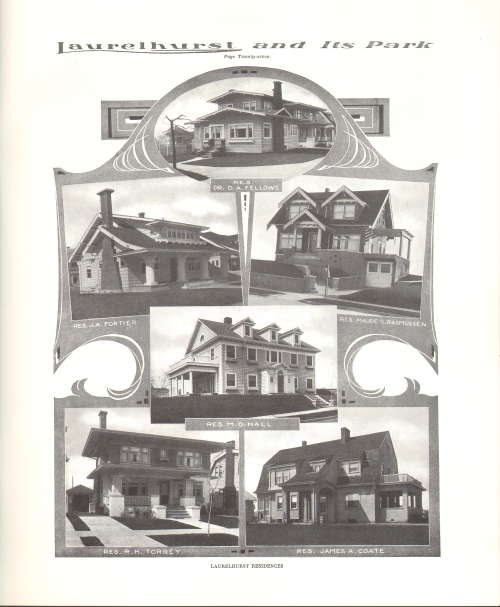
AHC vice president, Steve Dotterrer
Portland’s new demolition delay requirements went into effect on April 20, 2015. The automatic 35-day delay and the possibility of a 60-day extension for a total delay of 95 days, may seem like a long time (especially if you are the developer). Almost everyone, however, who has been involved in trying to save a house will tell you that it takes much longer and will be more work than you expected. The rewards are great, but it is worth spending some time now to be prepared.
If you live in a neighborhood where demolitions are likely and you care about existing character (and don’t we all?) it is a good idea to gather some advance knowledge, before you receive notice of demolition.
- Do you know what the new demolition rules are?
See http://www.portlandoregon.gov/bds/article/525779 to get started. There are links to lots of specific information there.
The demolition delay of 35 days and the notification requirement applies to all Demolition Permits and also to Major Alteration Permits. The possibility of an extension for 60 additional days is only available in the case where a demolition is proposed. To get the extension requires that an appeal form be filed.
- Do you know the requirements for an appeal?
All Appeals must include:
- Copy of the letter sent to the property owner requesting a meeting to discuss alternatives to demolition. Include a copy of the certified or registered mail receipt(s).
- Evidence of the property’s significance to the neighborhood.
- Narrative describing the plan to save the structure (buying the existing house and site, or arranging to move the house to another site etc.).
- Pro-forma budget and evidence of funds on hand or a fund raising plan sufficient to meet the financial requirements of that budget
- The appeal cost is $1318 and can only be waived if the appeal is filed by the recognized Neighborhood Association.
- Do you know your neighborhood zoning?
The demolition delay provisions only apply to the demolition of single family houses. Apartments or commercial and institutional building demolitions are not subject to these delays. The demolition delay provisions also apply only to certain lands in the City – those that are zoned R for residential. This includes both the traditional single family and most multi-family zoned areas. The city’s “Main Streets” are often a mix of R zones and commercial zones, so these provisions for notice and delay will only apply to some of the houses on those streets. Get to know your zoning and if any of the houses in your neighborhood are subject to even greater review because they are landmarks or in historic districts. You can find out your neighborhood zoning at the BDS website (www.portlandoregon.gov/bds) or at Portlandmaps.com.
- Do you know your neighbors and your association representatives?
To save an existing house under these rules you have to have a fairly extensive plan and access to some funds. Few of us have the time and money to do this on our own. Even to get the sixty day extension means meeting with the owner who proposes the demolition and understanding what would get them to resell the property to a buyer willing to keep the house. It also means having an estimate of the costs involved in keeping the existing building, if any, or moving it to a new location. In addition, you will need an initial estimate of the costs and a financing or fundraising plan. Getting all this done in thirty days is hard work, so knowing in advance your neighbors and their willingness to spend time and money saving a house is a good idea. So when you have your neighborhood block party or barbecue this summer, talk to your neighbors about these issues – which buildings or areas are critical to you? What are the different skills that people might offer for any rescue effort? Who is skilled at negotiation? At research? It will take a team to get the house saved—who do you want on your team?
Get to know your official Neighborhood Association Representatives. They can save you money on the appeal and are a good source of advice on how to proceed.
Members of Architectural Heritage Center have had some inspiring successes saving houses — like the Goldsmith House in NW, and also in moving houses. These successes happened under old rules. The new rules give advocates some “official” time to make the save. But it is a good idea to be prepared. Are you ready?
At the AHC, we follow a number of the demolition proposals and are working at the policy level to strengthen the rules and regulations for demolitions. We often comment and raise concerns when significant historic houses are proposed for demolition. Remember, this is a city-wide issue and the same process applies to most demolition applications.
by Steve Dotterrer; Architectural Heritage Center Board Vice President and Advocacy Committee Chair
Reprinted from “News and Notes,” the quarterly newsletter of the Architectural Heritage Center




